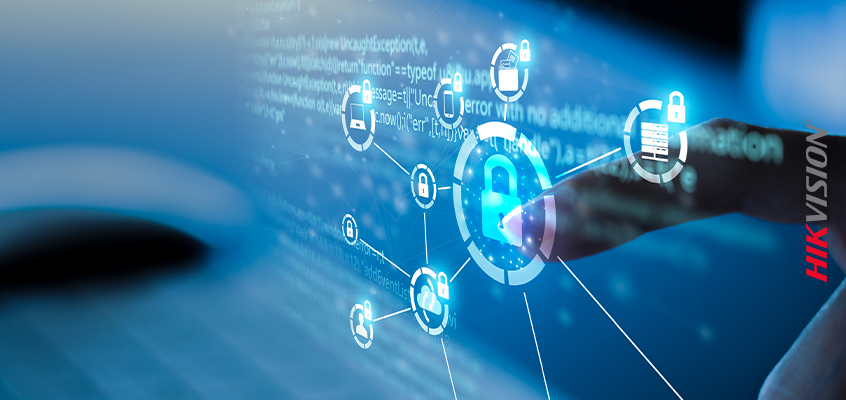47% of Organizations Experienced Ransomware Attacks: Use Hikvision’s Tips to Stay Safe

Ransomware, a dangerous form of malware that is silently installed on someone’s computer after they fall for a phishing attack, continues to pose a threat to all internet-connected devices and their users. According to an article from Security Magazine, 47% of organizations have experienced ransomware attacks in the past year, but only half of those companies had a formal recovery and remediation plan.
The Impact of Continuous Security Validation study revealed that security teams are unprepared for ransomware and struggle with increasing regulatory complexity. Regulatory complexity was said to be a top challenge because tool overload creates a security gap. Organizations are overwhelmed by the effort to install, maintain, and train on these tools and are concerned about delays in incident response. An additional factor – cyber skills shortage – also continues to plague organizations.
Hikvision is always up-to-date on ransomware cybersecurity and Chuck Davis, Hikvision’s VP of Global Information Security, provides information and tips to help you avoid becoming a victim of ransomware. Hikvision’s four tips to protect yourself from ransomware attacks include:
- Data Backups: The first and most important thing that you can do is back up your devices. Check out the Hikvision article on data backups.
- Patching: Patches are updates to a computer program or its data that improve or fix it. By installing patches as soon as they are released or by setting automatic patching where available, you can keep your system up to date.
- Multi-Factor Authentication (MFA): Enable MFA where available to better protect your accounts and devices. This also protects against credential stuffing attacks.
- Use a Password Manager: Using a password management tool can help you create strong, unique passwords for every account. A password manager is a software tool that is used to store your passwords in an encrypted file so that you, and no one else, have very easy access to them, helping to minimize security concerns.
Hikvision’s online Cybersecurity Center has tons of resources available for free to help keep you informed about ransomware and other cybersecurity needs. White papers, like Understanding Vulnerabilities, Cybersecurity, and Retail Technology, are great resources.
Check out our online Cybersecurity Center today to learn more about ransomware and how to stay safe.
